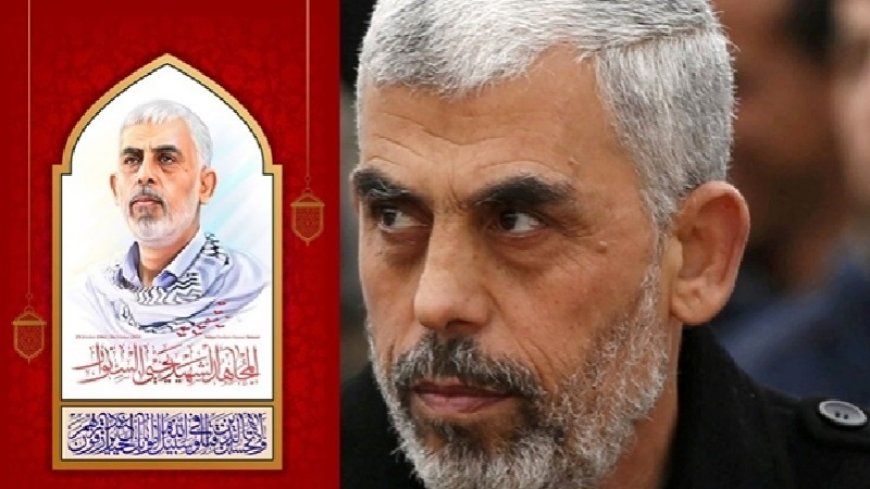From the Staff of Moses to the Staff of Yahya
Since the martyrdom of Yahya Sanwar, his legacy has grown, fueled by stories and images spreading across the internet.

“In the rubble of a bombed building, Yahya Sanwar, wounded but with a determined gaze, held a staff and, in his final moments, symbolically defied the Israeli army—an army some compare to Pharaoh Ramses II’s for its oppression and disregard for life. As I saw this, I thought, the story has traveled from Moses to Yahya, from Pharaoh to Netanyahu, from the staff of Moses to the staff of Yahya. Moses’ miracle seemed reborn before our eyes, a legend turned real.
Palestinian children and young people, inspired by his courage, stand among ruins. They walk with resilience, smiling, holding staffs in their hands, a symbol that Yahya Sanwar’s spirit lives on to inspire others.”
Meanwhile, Israeli leaders and media repeatedly assert their right to defend themselves, framing the conflict as a defense against terrorism and a clash between civilization and barbarism. At a recent UN summit, Prime Minister Netanyahu declared that he spoke the truth, while Defense Minister Galant claimed their war was just. Yet, in their narratives, they seldom mention Palestine or Palestinians, as if to erase them entirely.
Following the October 7 "Al-Aqsa Storm" operation, reports circulated that Yahya Sanwar had emerged from hiding, though Israel claimed he used hostages and children as a human shield. Instead, he appeared resolute, in military uniform, taking part in his last symbolic stand, holding a staff as he confronted the aggressors.
And so a myth was born. Those who sought to discredit him instead fueled his story, and he became a figure of defiant bravery, martyred with honor.













































